Breathing is something we often take for granted. Yet, the way we breathe can significantly impact our overall health and well-being. In a world filled with stress and pollution, nurturing our lungs has never been more vital. Enter pranayama—an ancient practice rooted in yoga that focuses on breath control to enhance physical and mental health. Yoga Center Ubud and around the world are the go-to centers if you want a practical approach. Imagine harnessing the power of your breath to clear your mind, boost lung capacity, and improve oxygen flow throughout your body. Sounds intriguing? Pranayama techniques not only promote relaxation but also invigorate your respiratory system. Let’s explore some transformative pranayama techniques that can elevate your lung health while enriching your overall quality of life.
Kapalbhati Pranayama
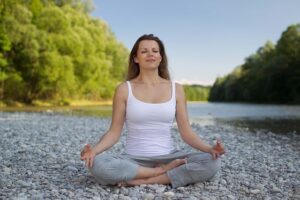 Kapalbhati Pranayama, often known as the “skull-shining breath,” is a dynamic breathing practice that revitalizes the body and mind. This exercise emphasizes forceful exhalation followed by passive inhalation, resulting in a cyclic flow of energy. Kapalbhati causes your diaphragm to function aggressively. This vigorous movement cleanses the lungs and stimulates the abdominal organs.
Kapalbhati Pranayama, often known as the “skull-shining breath,” is a dynamic breathing practice that revitalizes the body and mind. This exercise emphasizes forceful exhalation followed by passive inhalation, resulting in a cyclic flow of energy. Kapalbhati causes your diaphragm to function aggressively. This vigorous movement cleanses the lungs and stimulates the abdominal organs.
The advantages go beyond respiratory health; it also improves digestion and metabolism. Another notable feature of this pranayama is its capacity to improve mental clarity. Practitioners frequently report feeling more awake and focused after only a few rounds.
Anulom Vilom Pranayama
Anulom Vilom Pranayama, also known as alternate nostril breathing, is a powerful technique that promotes balance and tranquility. This method involves inhaling through one nostril while closing the other, followed by exhaling through the opposite side. Practicing Anulom Vilom helps to clear nasal passages and improve oxygen flow to the lungs. It calms the mind and reduces stress levels significantly. Each cycle of breath enhances lung capacity and strengthens respiratory muscles. The rhythmic pattern encourages relaxation, making it beneficial for those battling anxiety or insomnia.
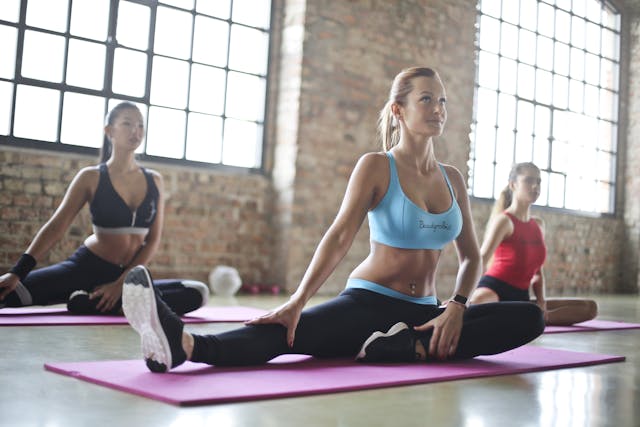
Bhastrika Pranayama
Bhastrika Pranayama, often referred to as “bellows breath,” is a powerful technique that invigorates the body and mind. This breathing exercise emphasizes forceful inhalation and exhalation, mimicking the rhythmic motion of a bellows used in metalworking. When practicing Bhastrika, you engage your diaphragm fully. The deep breaths promote increased oxygen flow throughout your system. As you inhale deeply through the nose, envision energy filling every cell within your body. The rapid exhalations help release toxins trapped in the lungs. With each breath, stress melts away; clarity emerges. It’s an excellent practice for those looking to enhance lung capacity and respiratory function.
Combining Yoga Asanas with Pranayama for Optimal Lung Health
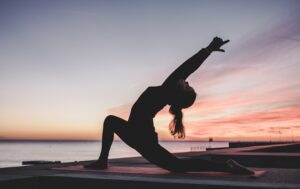 Integrating yoga asanas with pranayama can significantly enhance lung health. Each posture complements breathing techniques, creating a harmonious flow of energy. For instance, poses like Bhujangasana (Cobra Pose) expand the chest and improve oxygen intake. When paired with deep breathing exercises, you amplify your respiratory benefits.
Integrating yoga asanas with pranayama can significantly enhance lung health. Each posture complements breathing techniques, creating a harmonious flow of energy. For instance, poses like Bhujangasana (Cobra Pose) expand the chest and improve oxygen intake. When paired with deep breathing exercises, you amplify your respiratory benefits.
Additionally, standing postures such as Tadasana (Mountain Pose) encourage proper alignment while practicing Anulom Vilom. This combination fosters better lung capacity and function. Balancing dynamic movements with breath control cultivates mindfulness. It allows practitioners to connect deeply with their bodies and enhances overall well-being. Incorporating stretches that open up the thoracic region further supports optimal airflow. The synergy between movement and breath creates a holistic approach to nurturing lung vitality. Explore this union of physicality and breathing for profound effects on your health journey.
Conclusion
Focusing on lung health is essential for overall well-being. Pranayama techniques, deeply rooted in yoga traditions, offer a powerful approach to enhance respiratory function and promote calmness. Incorporating these techniques into your daily routine can lead to significant improvements in both physical health and mental clarity.

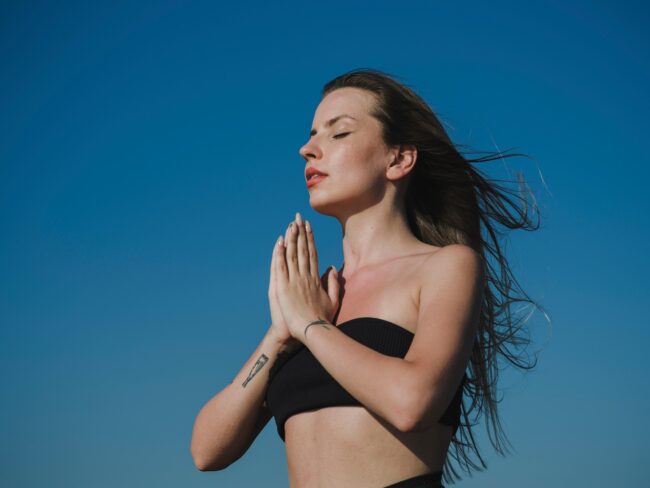
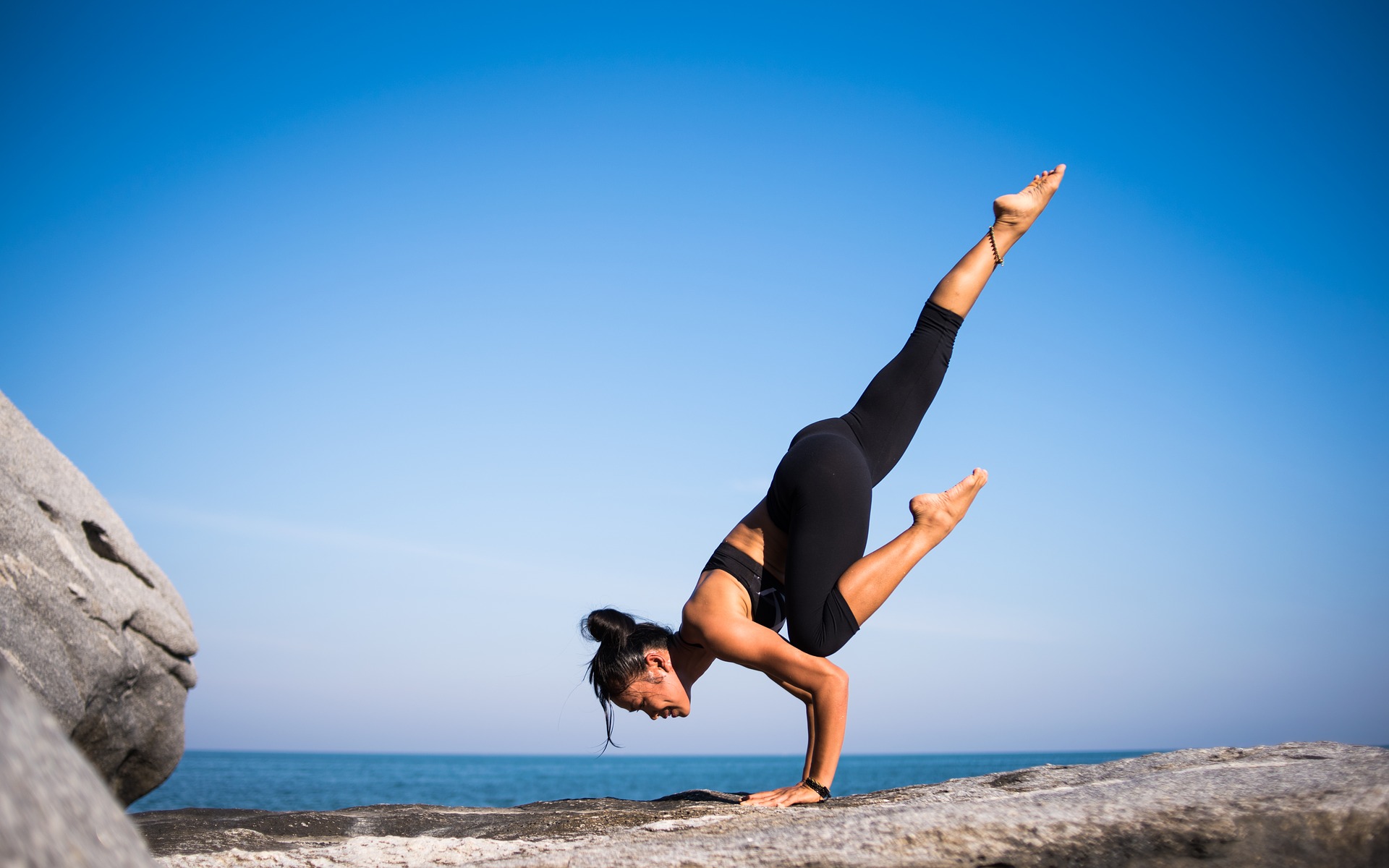
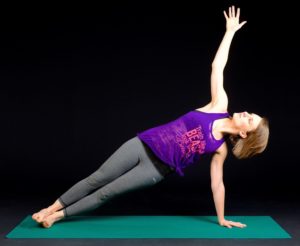 Yoga improves our body’s flexibility and our mind’s stability. It combines meditation and stretching to achieve the healthiest condition of the body.
Yoga improves our body’s flexibility and our mind’s stability. It combines meditation and stretching to achieve the healthiest condition of the body.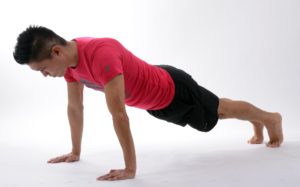
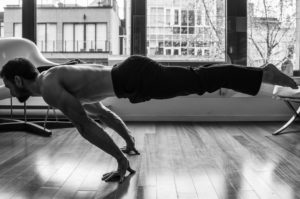 In bodyweight training, your body is your fitness instrument. You only need a mattress, and you are good to go. You might think that bodyweight training is unnecessary if you already do yoga or pilates. Bu the truth is that those three are very different in terms of their intensity and goals.
In bodyweight training, your body is your fitness instrument. You only need a mattress, and you are good to go. You might think that bodyweight training is unnecessary if you already do yoga or pilates. Bu the truth is that those three are very different in terms of their intensity and goals.